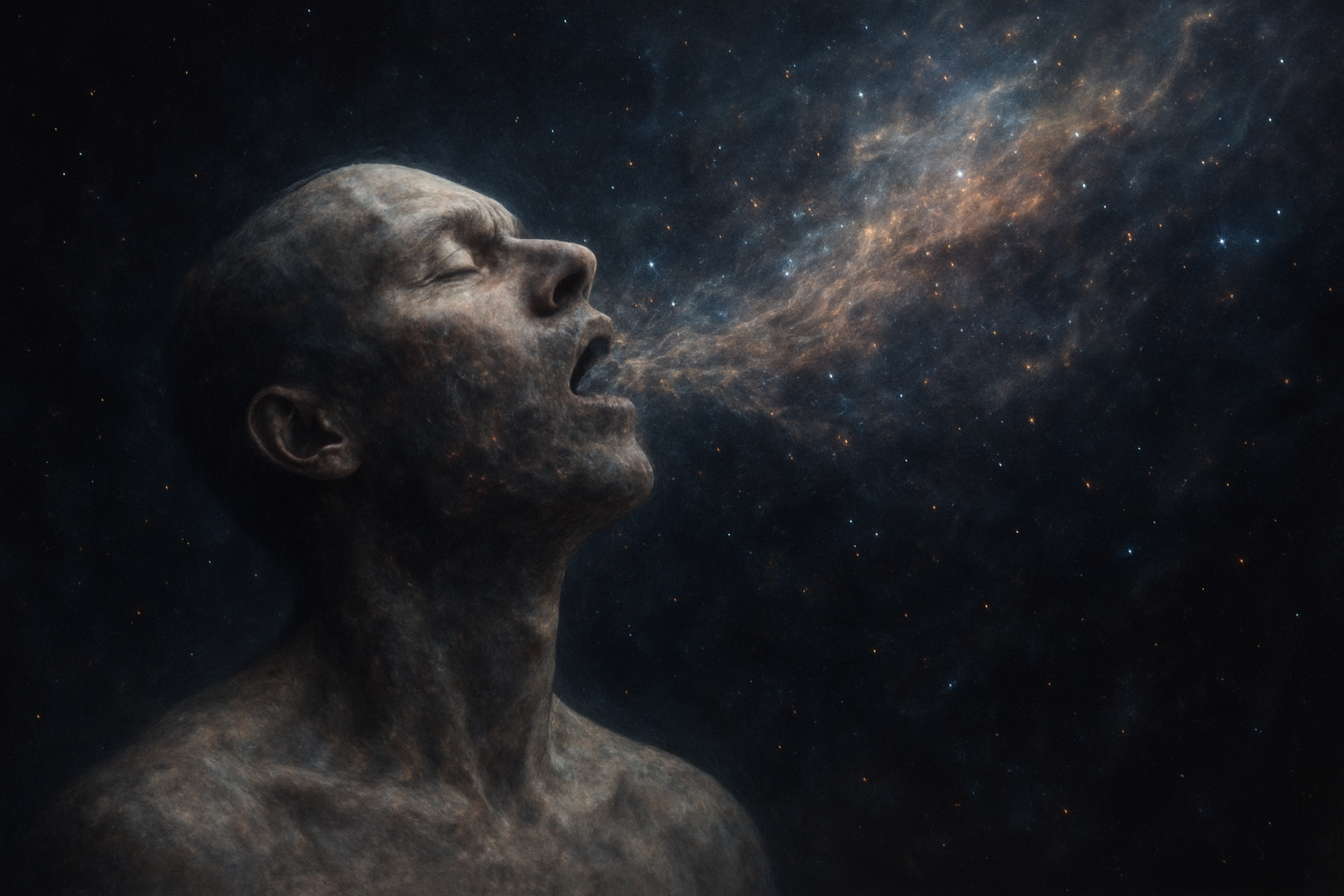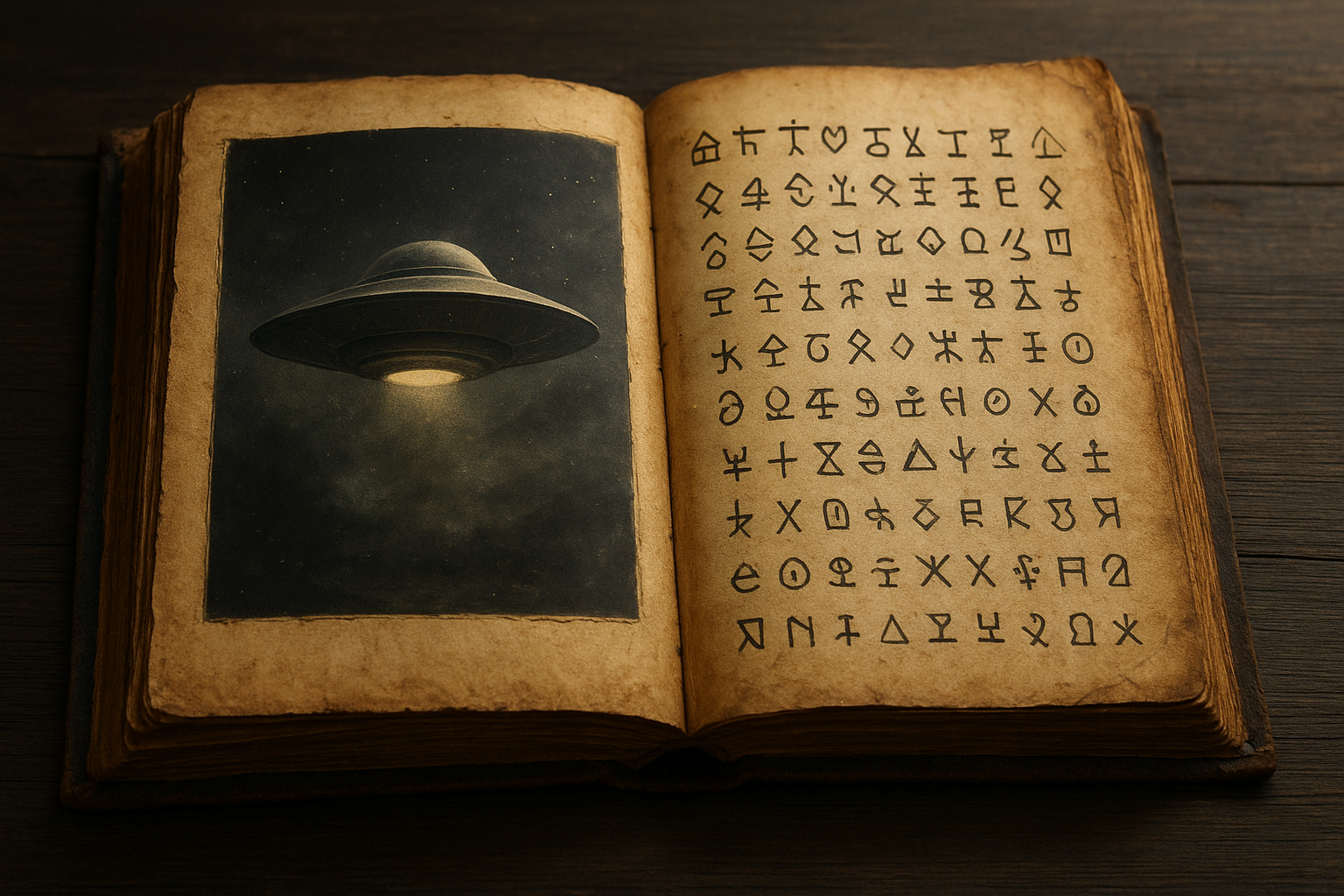The delicate dance between life and death has fascinated humans for millennia. In the realm of spiritual and existential exploration, the concept of ‘Petit Mort’ offers a poetic reflection on the inevitable journey towards cosmic dissolution. But what if these two seemingly disparate experiences—orgasm and death—held deeper connections to our cosmic understanding?
The Meaning of ‘Petit Mort’
Petit Mort, or “little death,” is a French term that describes the momentary lapse in consciousness experienced during orgasm. This term encapsulates the transcendent experience that mimics, in a diminutive form, the great dissolution—the final breath of life. The very phrase hints at a metaphorical death, a temporary release of the self that echoes the finality of mortality.
“To experience ‘Petit Mort’ is to transcend the mundane, to momentarily touch the stratosphere of existence where consciousness flirts with its own dissolvement” – Dr. Helen Fisher, anthropologist and author.
Orgasm as a Metaphor for Death
The biological processes leading to orgasm involve a complex orchestration of the nervous system, where pleasure and ecstasy culminate in a momentary collapse—a ‘little death.’ This experience, some argue, parallels the biological shutdown at the time of death, where consciousness fades as the body ceases its relentless charge. Thus, orgasm becomes a microcosm, a rehearsal of the cosmic dissolution that awaits us all.
- Physical Release: Both orgasm and death involve a release—whether of life energy or existential burdens.
- Transcendent State: Embracing the unknown, each moment offers a temporary escape from reality.
- Psychological Impact: Both can leave a profound imprint on our emotional and mental states.
Cosmic Dissolution: Our Final Destiny
As we contemplate cosmic dissolution, we step into the metaphysical realm, where human life is but a fleeting presence in an expansive universe. The final breath—and what follows—has been explored through myriad lenses: philosophical, scientific, and spiritual. The Vedas of ancient India describe cosmic dissolution as Mahapralaya, where the universe, too, undergoes a cyclical destruction and rebirth, much like the culmination and release experienced in orgasm.
“In the cosmic dance of Shiva, creation and dissolution are in perpetual harmony, embodying the inevitable cycle of life and death” – Encyclopaedia Britannica.
Finding Connection Between the Two
In connecting orgasm and cosmic dissolution, we are reminded of the impermanence of existence. The fleeting nature of ‘Petit Mort’ serves as a reminder of our ultimate fate, igniting a profound understanding of our own mortality. Yet, within this understanding lies a powerful liberation—by recognizing the transient nature of both, we find freedom to fully engage with the present.
Philosophical Insights: The philosopher Friedrich Nietzsche once pondered, “That which does not kill us makes us stronger.” While Petit Mort is but a fleeting flirtation with mortality, it strengthens our resolve to live vibrantly, in anticipation of our eventual cosmic dissolution.
Living With Death in Mind
The juxtaposition of ‘Petit Mort’ and cosmic dissolution compels us to live with intention and awareness of our eventual end. It is a call to embrace life with fervor and authenticity, cherishing every breath and every interaction, conscious that they form the tapestry of our brief narrative on this planet.
- Mindful Living: Engage fully in each moment, aware of its fleeting nature.
- Acceptance of Mortality: Understand death as a natural progression, not a fearful unknown.
- Embrace of Transience: Let the impermanence enhance appreciation for life’s experiences.
Conclusion
“The Final Breath – Petit Mort and Cosmic Dissolution” weaves together the threads of life’s ultimate mysteries. By embracing the impermanence that both orgasm and death reveal, we open ourselves to the grand narrative of existence. In doing so, we prepare ourselves—not for an end, but for a renewal with each passing moment.
In the end, acknowledging ‘Petit Mort’ in relation to cosmic dissolution is not about fearing the end, but about understanding that each step we take brings us closer to a profound transformation, a metaphorical and literal return to the cosmos from which we came.









